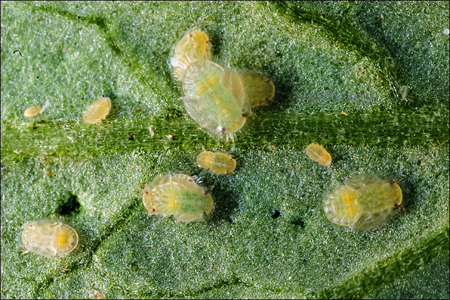Digital volunteers are racing to map regions in West Africa where the Ebola virus, which has a 90 percent fatality rate, continues to spread
Research and publish the best content.
Get Started for FREE
Sign up with Facebook Sign up with X
I don't have a Facebook or a X account
Already have an account: Login
A few things the Symbol Research team are reading. Complex Insight is curated by Phillip Trotter (www.linkedin.com/in/phillip-trotter) from Symbol Research
Curated by
Phillip Trotter
 Your new post is loading... Your new post is loading...
 Your new post is loading... Your new post is loading...
|
|











The use of OpenStreetMap (OSM) as an unifying geodata system is increasing in humanitarian aid. The current Ebola outbreak in West Africa is a challenge at multiple levels for teams trying to coordinate a response. Due to years of war there are few up to date maps in the region and multiple boundaries mean different groups are collecting data. Digital volunteers creating new OSM entries will be a key asset in enabling health officials to manage the outbreak and hopefully bring things under control.